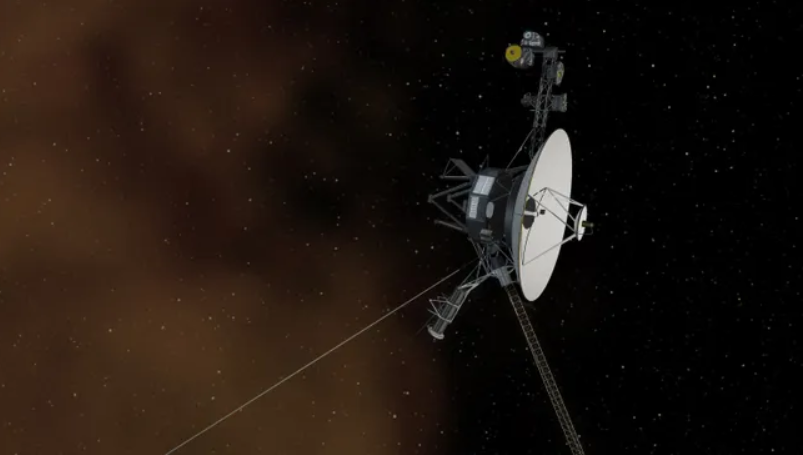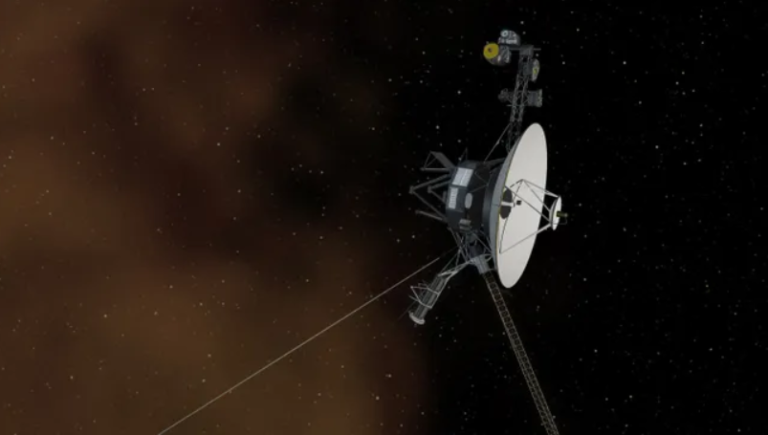NASA’s Voyager Probes in Interstellar Space Receive Remote Software Updates from 12 Billion Miles Away
At this stage of the mission, the engineering team is encountering numerous challenges for which we lack a predefined playbook.
Approximately 46 years after NASA’s Voyager 1 and Voyager 2 embarked on their remarkable journey through space, the aged hardware of these probes is still receiving remote updates.

One of these updates is geared towards addressing the issue of corrupted data that Voyager 1 began transmitting last year, and the other set of updates aims to prevent the accumulation of debris in the thrusters of both spacecraft. Collectively, these updates are designed to maintain the communication link between the spacecraft and Earth for as long as possible.
Linda Spilker, the project scientist for the mission at NASA’s Jet Propulsion Laboratory, noted, “At this point in the mission, the engineering team is encountering numerous challenges for which we lack predefined solutions, but they continue to devise innovative remedies.”
In May 2022, ground control began receiving nonsensical data from Voyager 1’s attitude articulation and control system (AACS), responsible for keeping the probe’s antenna aligned with Earth. Despite the AACS hardware’s perfect condition, telemetry data was inexplicably routed through a malfunctioning onboard computer, resulting in data corruption.
Engineers have since developed a software update, initially transmitted to Voyager 2 on October 20. While this fix doesn’t explain why the AACS diverted telemetry data initially, it is expected to resolve the issue, pending successful transmission to Voyager 1, a journey taking more than 20 hours.
Furthermore, the Voyager probes use thrusters to adjust their antennas, but this process leaves behind residue in the fuel inlet tubes. Over the decades, this residue has accumulated, raising concerns that the tubes may eventually become completely blocked.
To address this, engineers initiated spacecraft rotations in September and October, aiming to reduce the frequency of thruster firings. If successful, these maneuvers should ensure a continuous flow of fuel for at least another five years.
This article is republished from SpaceCom under a Creative Commons license. Read the original article.
Do not forget to share your opinion with us to provide you with the best posts !




0 Comments